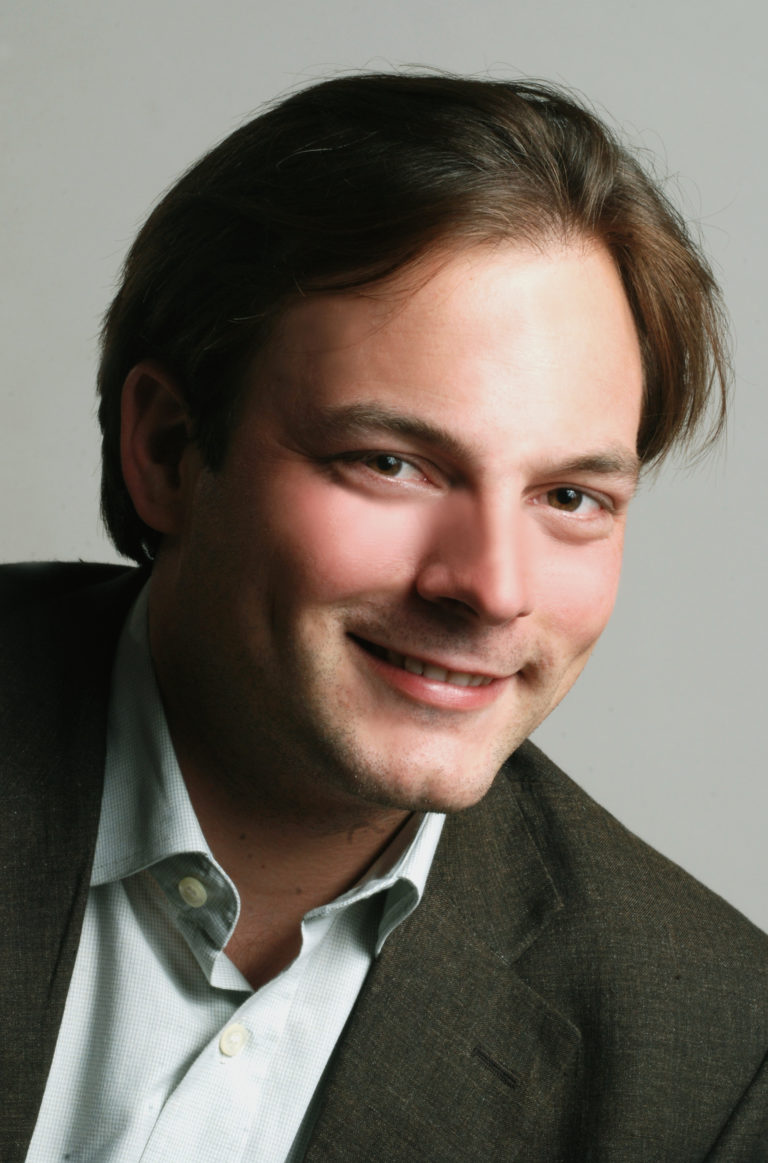Department of Nuclear Engineering

All Events
- This event has passed.
Seminar: Synergies and differences between Helium implantation and displacement damage in metals: Mechanical properties and micro structure
November 7, 2019 @ 4:00 pm - 5:00 pm
Event Navigation
 Dr. Peter Hosemann
Dr. Peter Hosemann
Department for Nuclear Engineering
University of California Berkeley
Abstract
Nuclear engineering provides some of the most interesting materials science challenges combining physical, chemical and nuclear properties of matter driving materials selection to multi-dimensional space facilitating the interest in advanced manufacturing techniques facilitating gradient materials.
Ionizing radiation can lead to multiple degradation mechanism. Displacement damage leads to non-equilibrium point defect concentrations further fostering the development of dislocation loops, stacking fault tetrahedrons, voids and enhanced or dissolving precipitation in alloys. Transmutation of elements can lead to the build-up of noble gases like Helium which can form He bubbles. While both lead to changes in microstructure and properties the nature of both defects is rather different. Small scale mechanical testing in combination with ion implantation enables separate effects testing and uncover the different deformation processes taking place in an efficient fashion. This presentation aims to highlight the different phenomena on recent examples relevant to nuclear applications.
Biography
Peter Hosemann is professor in the Department for Nuclear Engineering at the University of California Berkeley and current department chair, head graduate adviser and UC Berkeley’s radiation safety chair. In 2017 Professor Hosemann was elected chair of the Nuclear Science User Facility user group an international network of institutions providing unique materials characterisation tools. Professor Hosemann received his PhD in Material Science from the Montanuniversität Leoben, Austria in 2008 while he conducted the research on lead bismuth eutectic corrosion, ion beam irradiations and microscale mechanical testing was carried out at Los Alamos National Laboratory. He continued his research at Los Alamos National Laboratory and joined the UC Berkeley faculty in 2010. Professor Hosemann has authored more than 140 per reviewed publications since 2008. In 2014 he won the best reviewer of the journal of nuclear materials award, the ANS literature award and in 2015 he won the TMS early career faculty fellow award and the AIME Robert Lansing Hardy award. While being dedicated to his research and teaching he also leads the UC Berkeley Bladesmithing team which won the title of “best example of a traditional blade” for UC Berkeley and is the lead faculty for the CalSol solar car racing team which won the American Solar challenge for Berkeley in 2017.
Room 1202 Burlington Labs
***This seminar will be streamed live on our NCStateNuclear YouTube channel***

